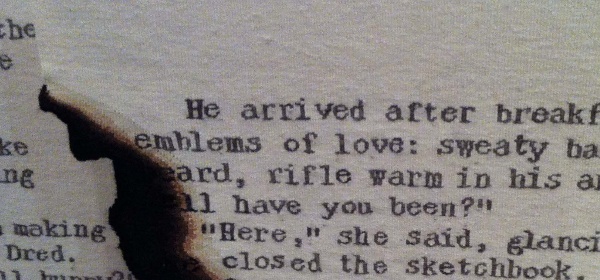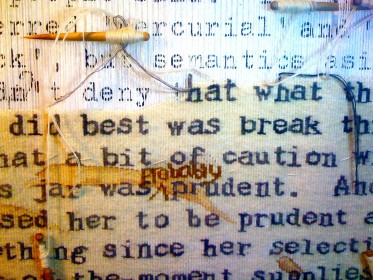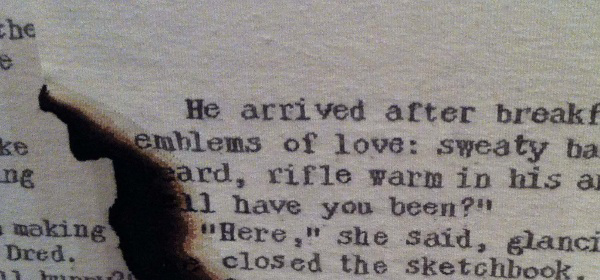
Slow Literature, detail | photo by Brea Black

tapestry in progress | www.sarah-swett.com
I really admire her dedication to the painstaking process of weaving by hand, the problem-solving that goes along with it, and the determination to finish a project that was started. If you ever have an opportunity to see handwoven tapestries in person, I encourage you to go and take a closer look. These works of art are best experienced in person.
Sources: www.sarah-swett.comHandwoven, Nov/Dec 2010, pgs. 32, 50-52.
Interested in trying tapestry weaving for yourself? Check out these books to learn how:
Tapestry weaving : a comprehensive study guideThe tapestry handbook : an illustrated manual of traditional techniquesWorld textiles: a concise historyTextiles, 5000 years: an international history and illustrated survey












